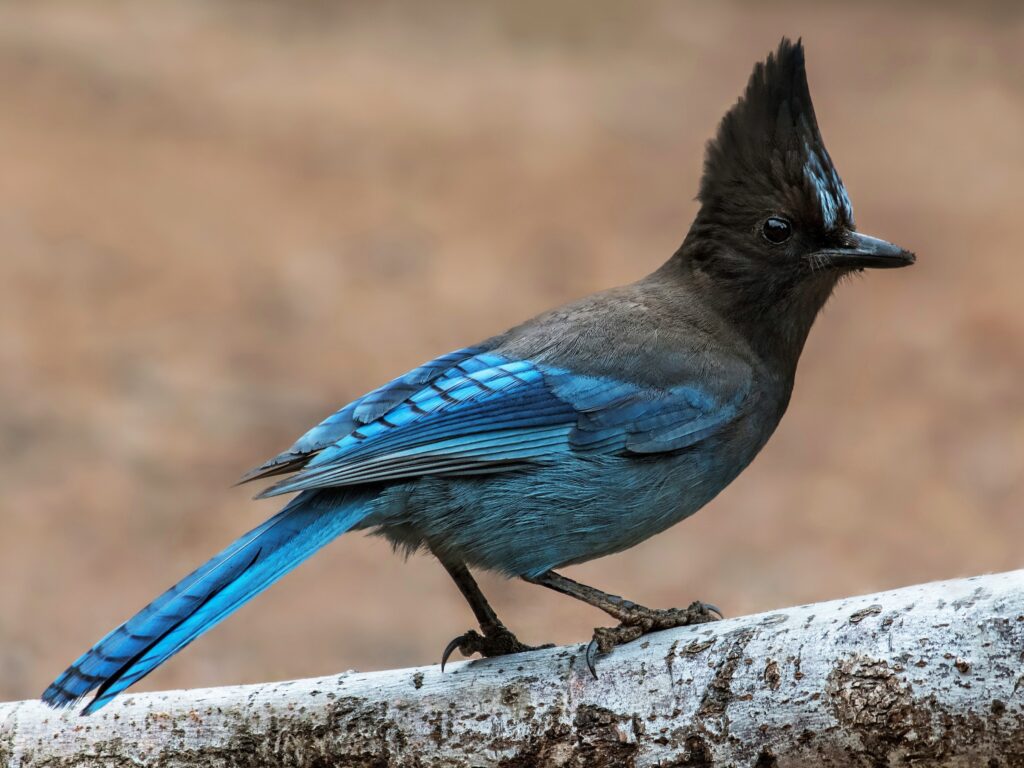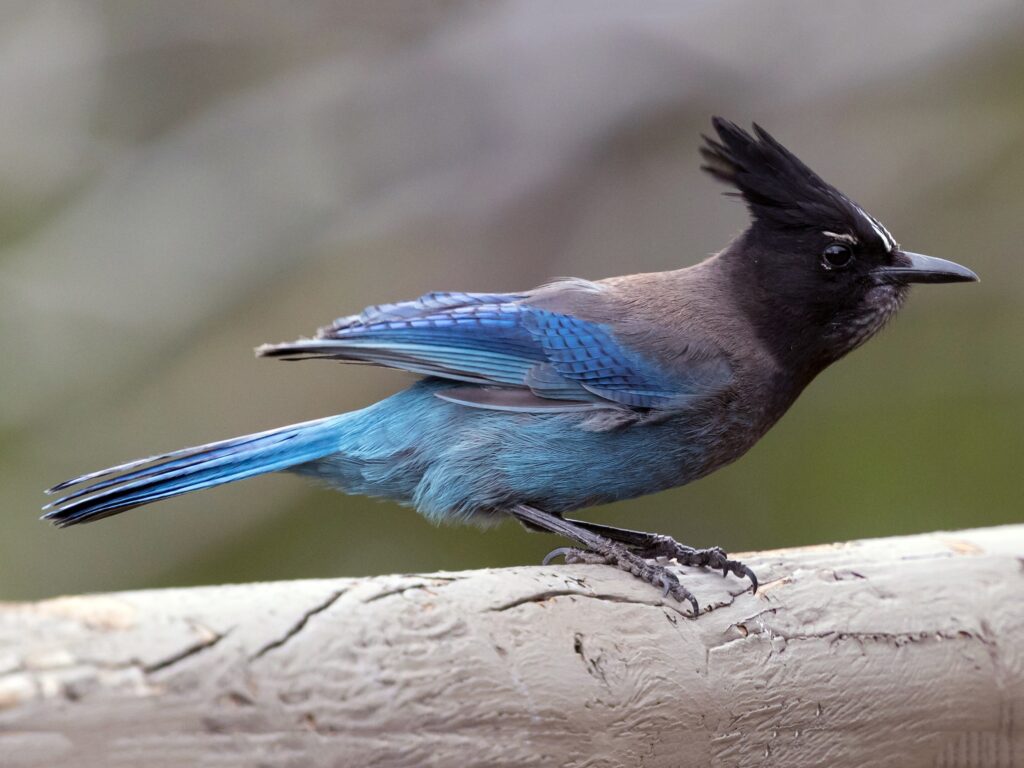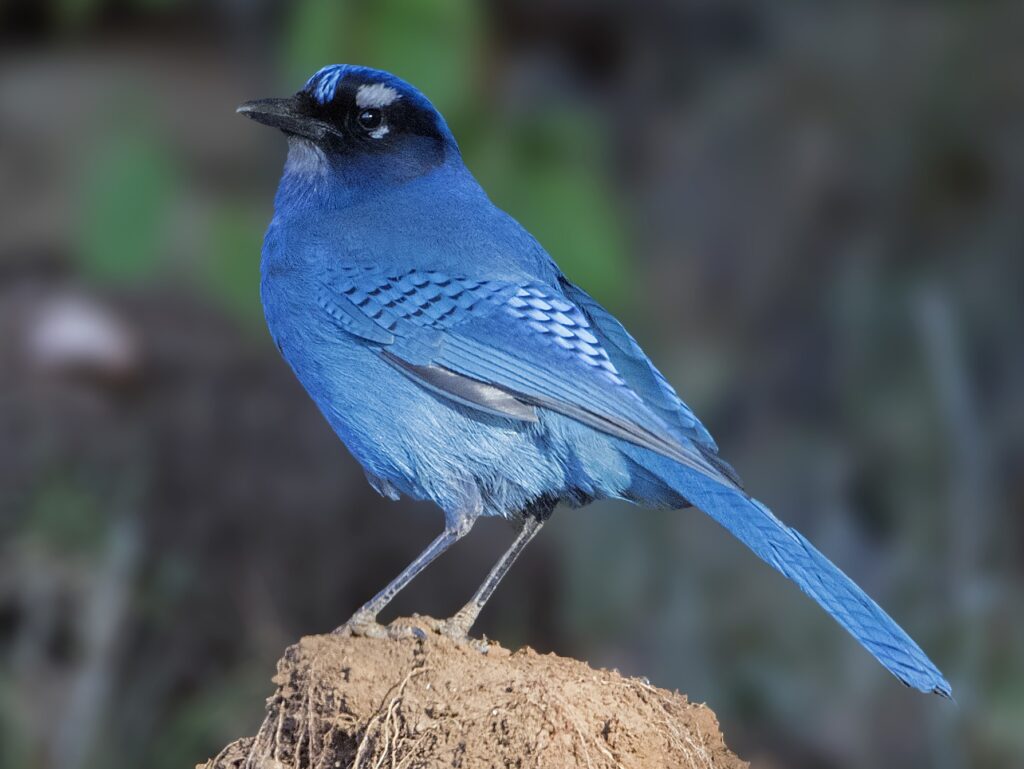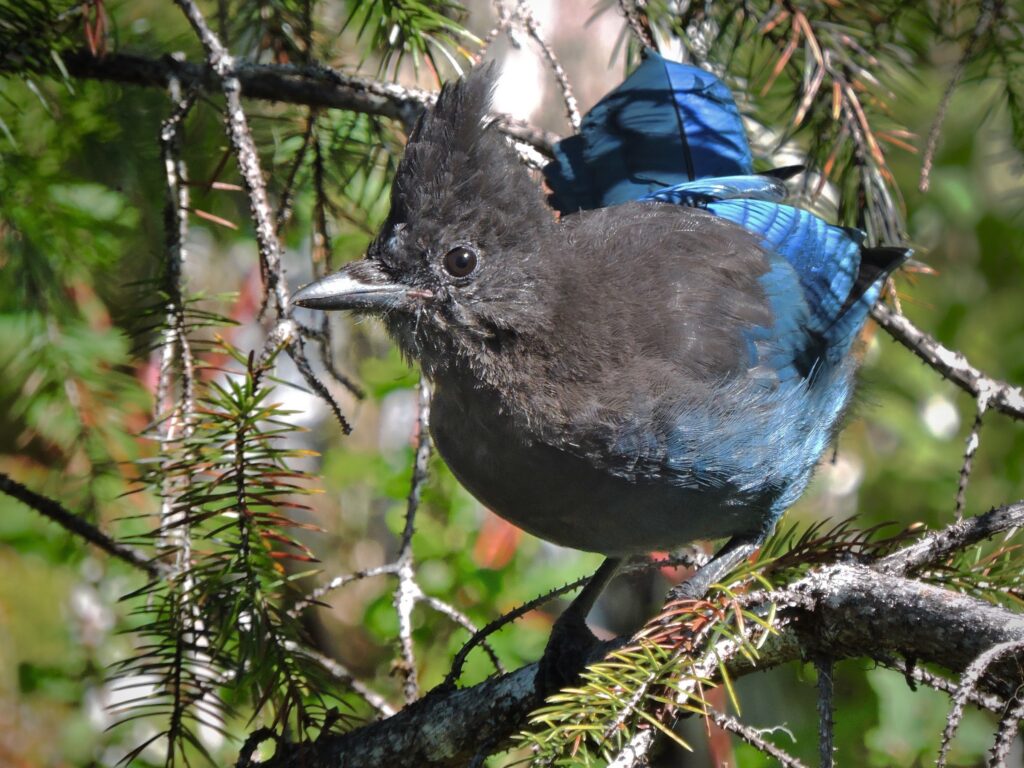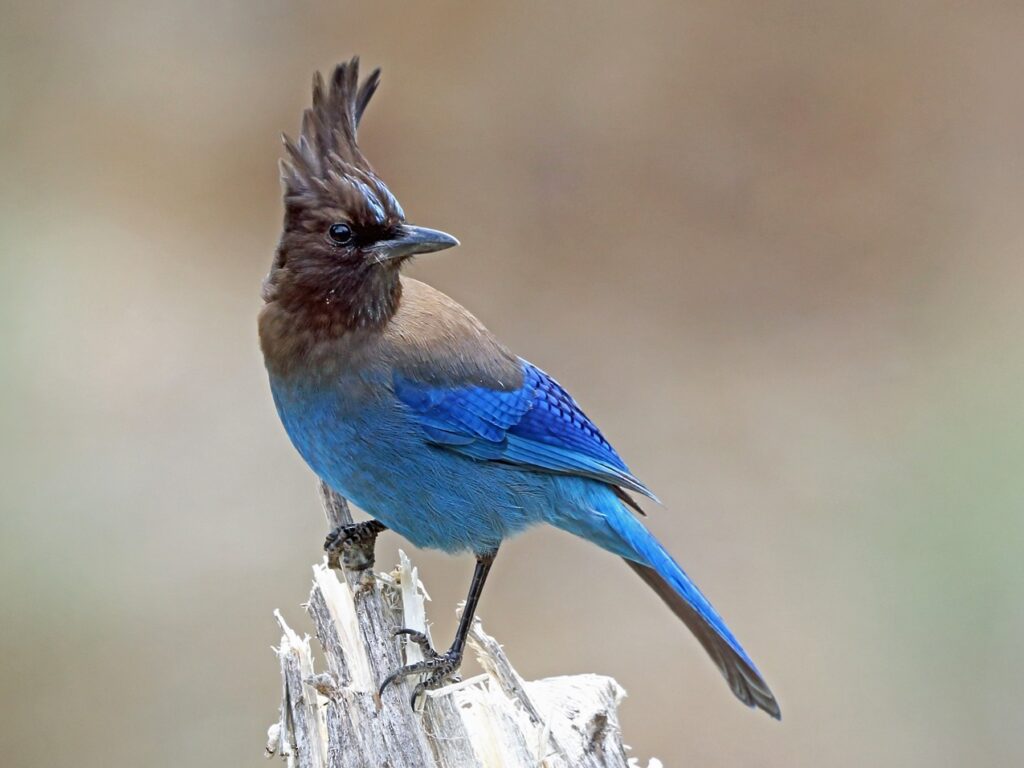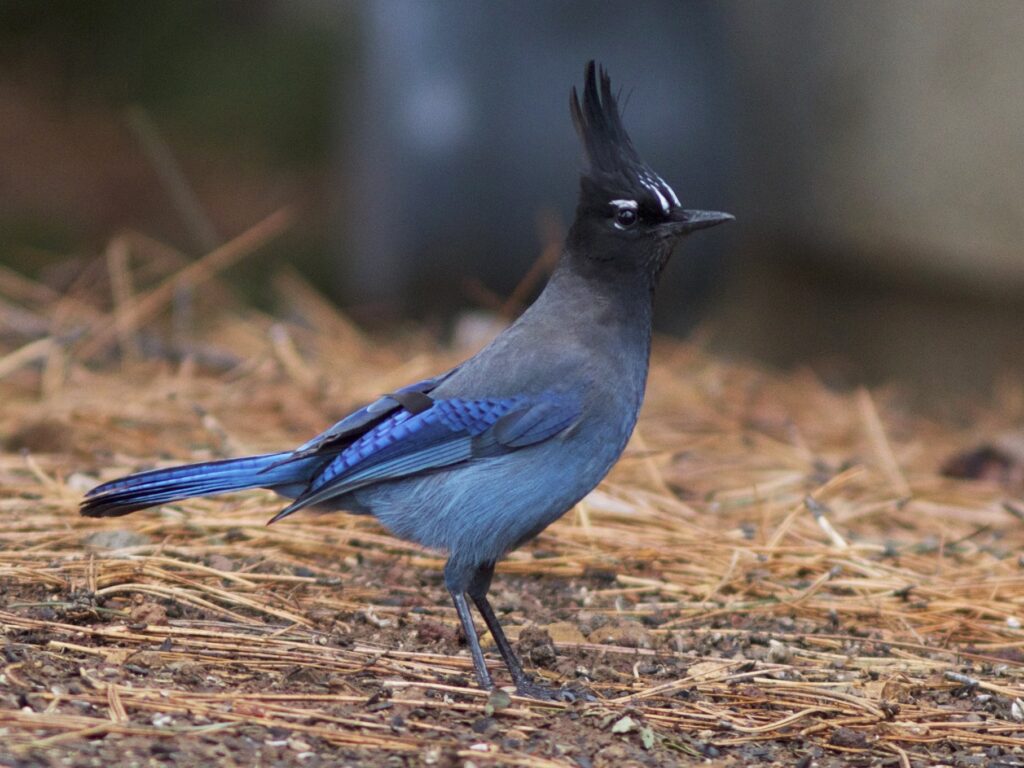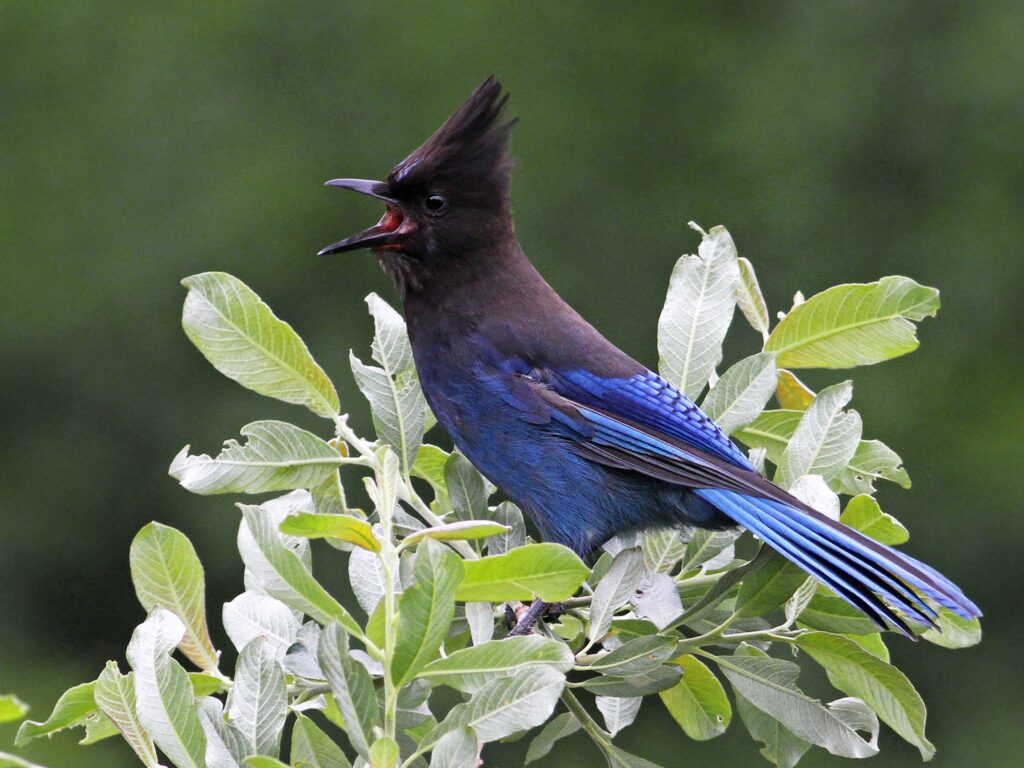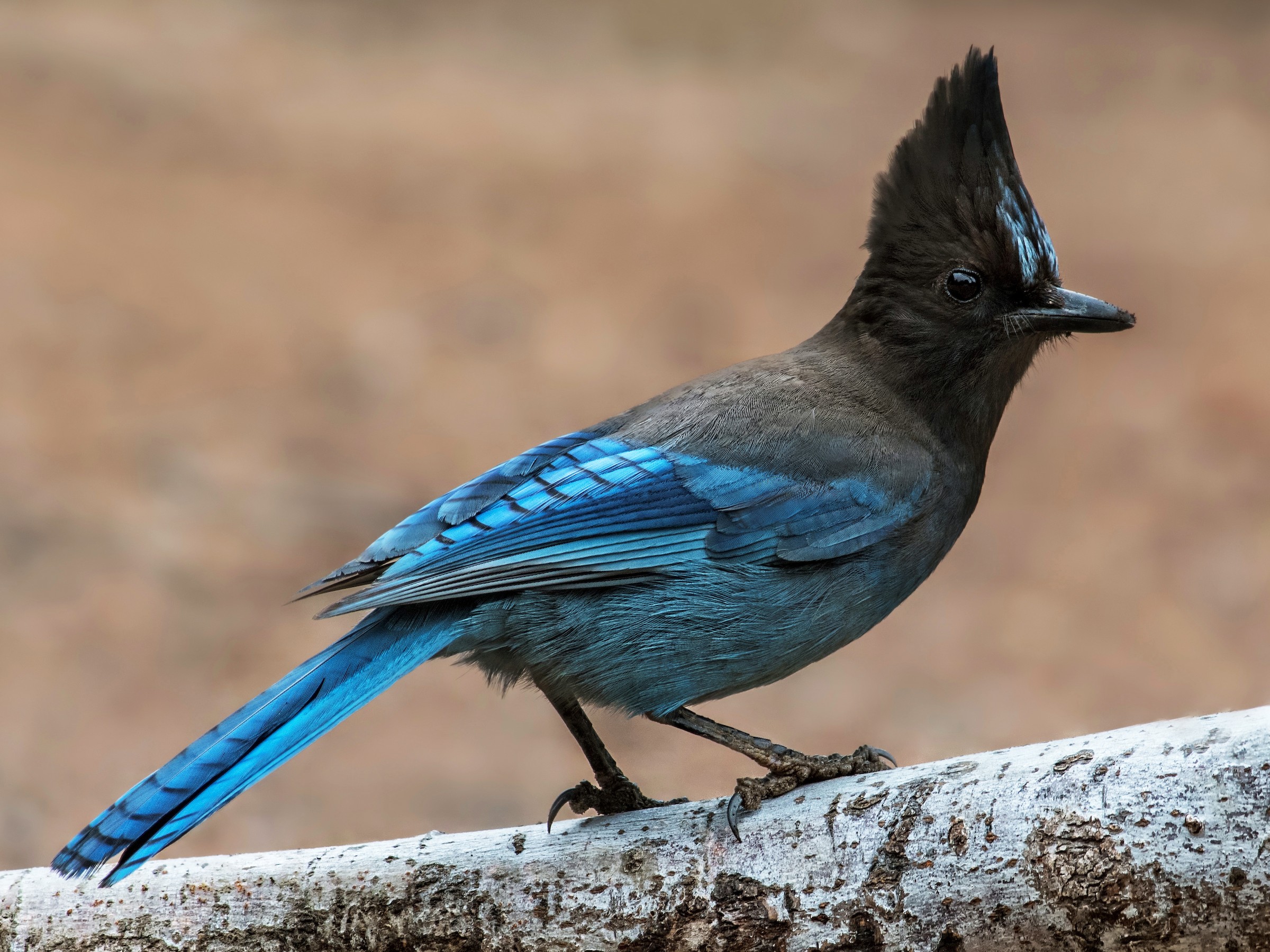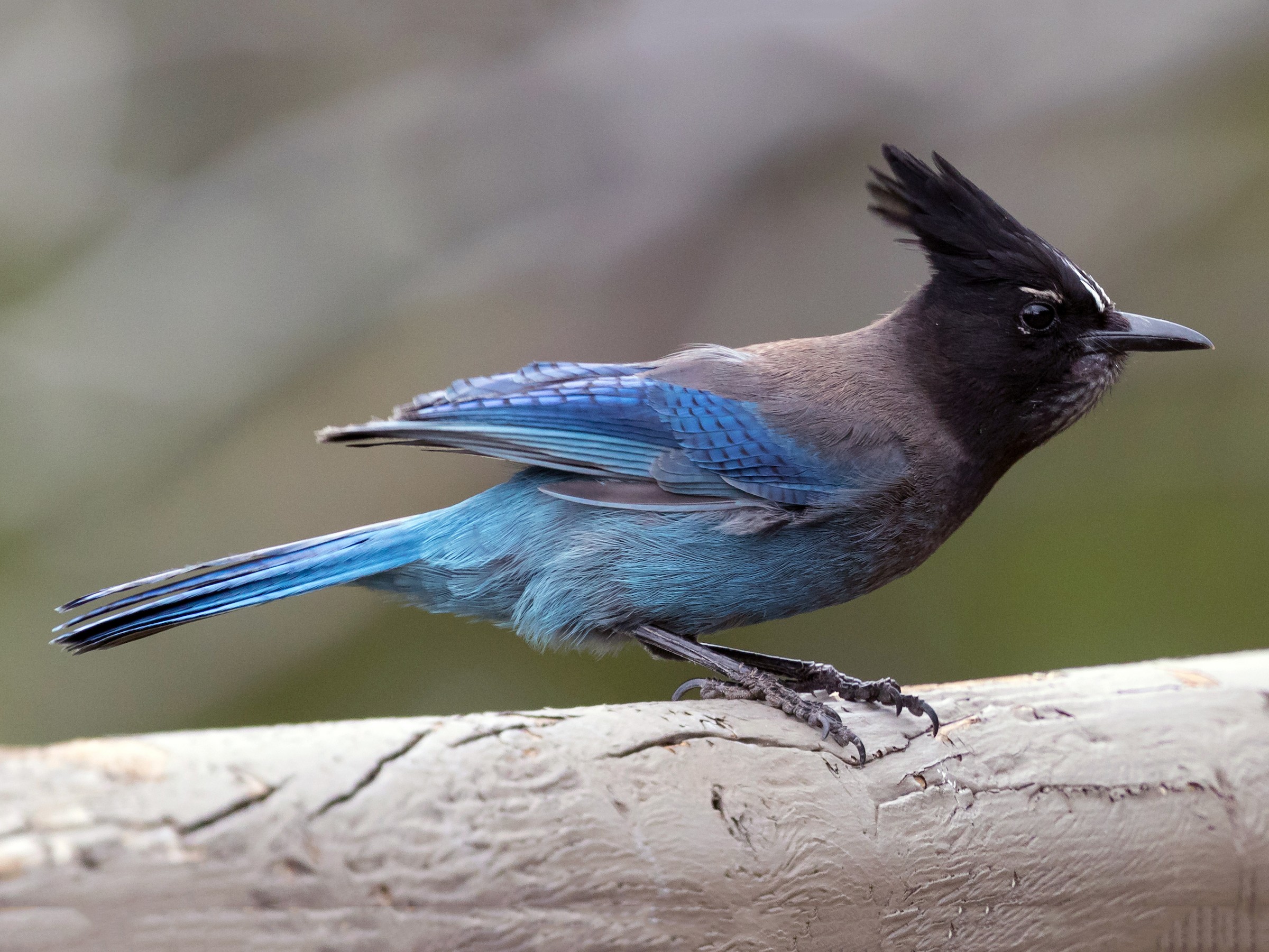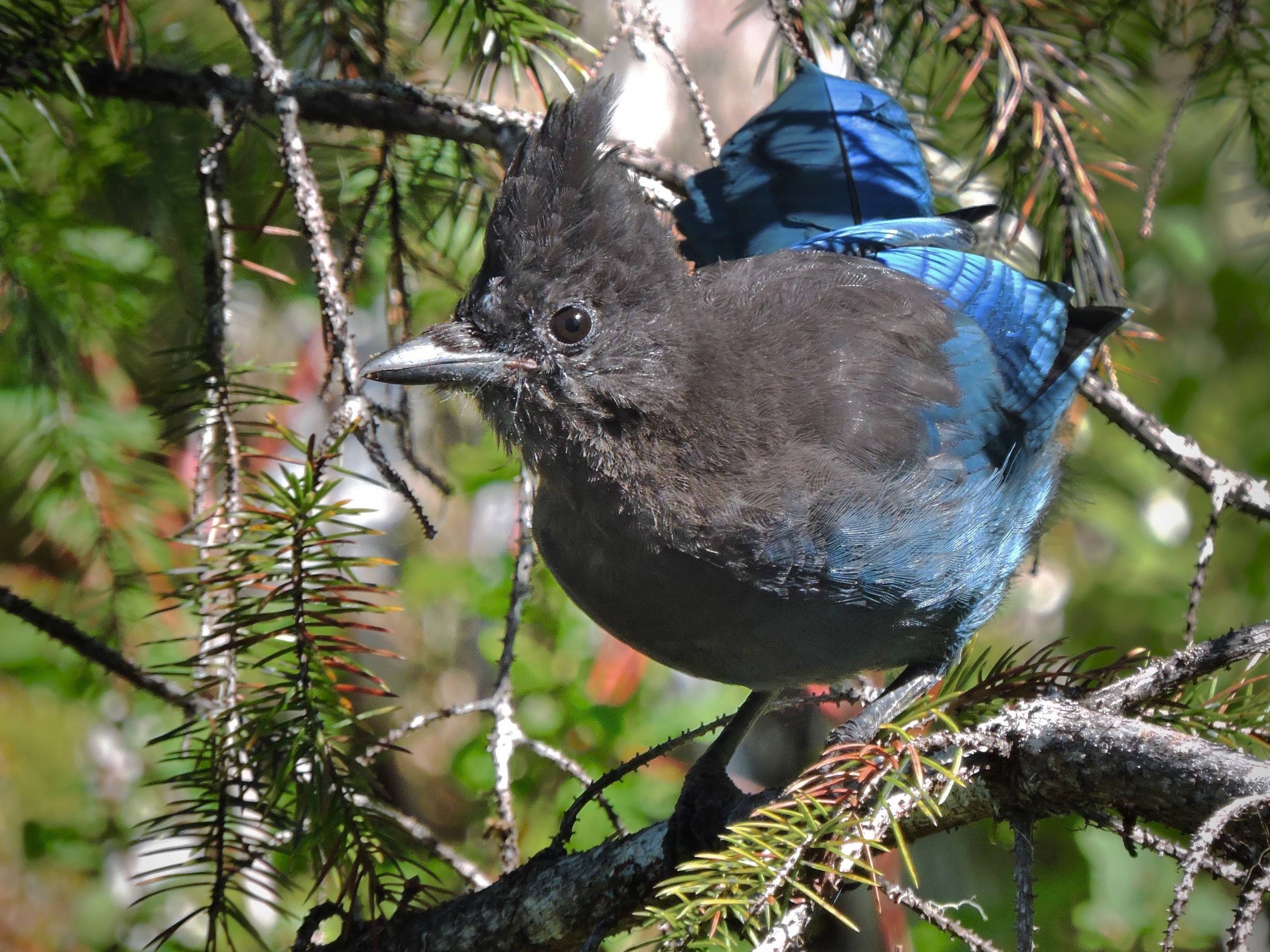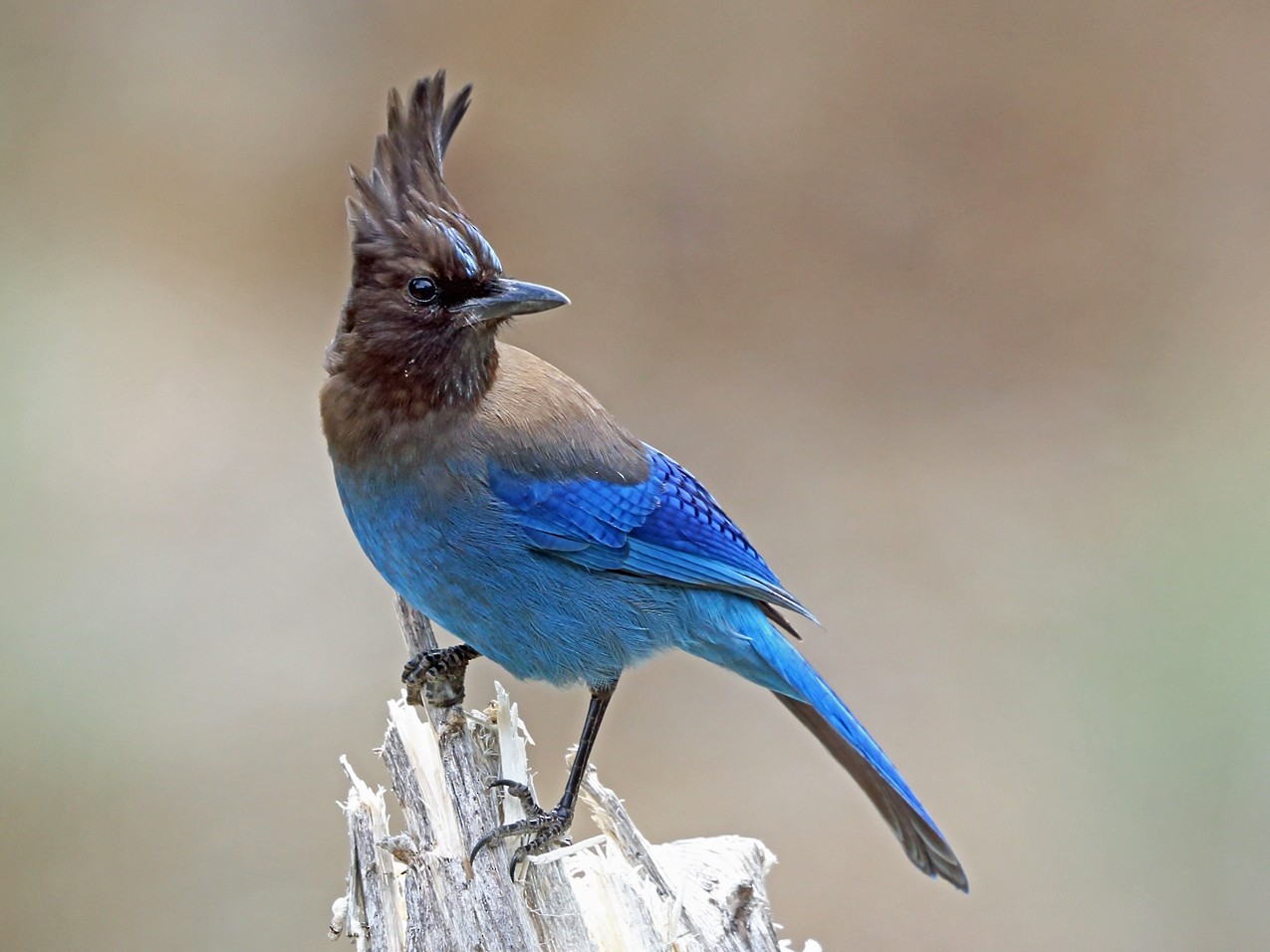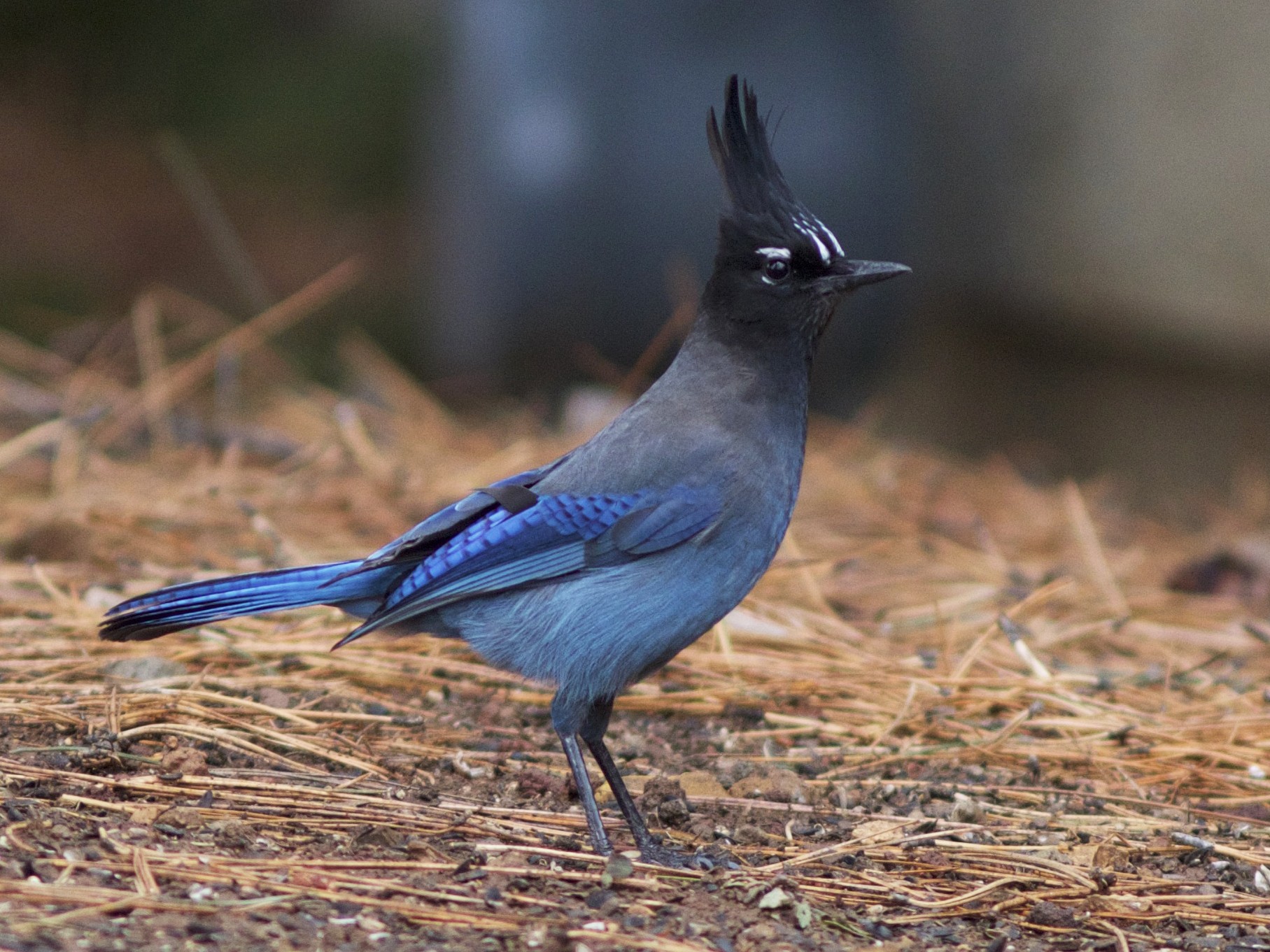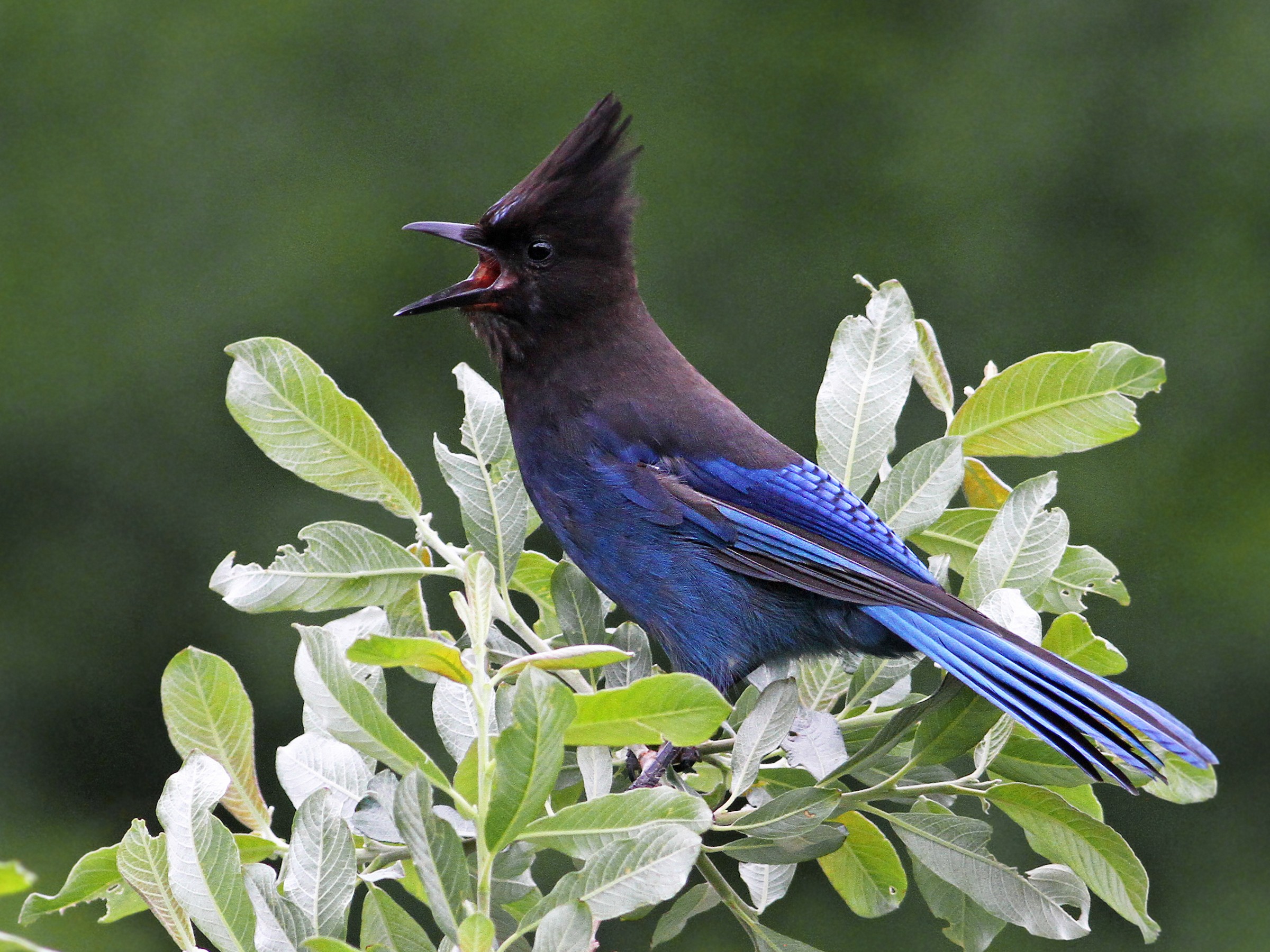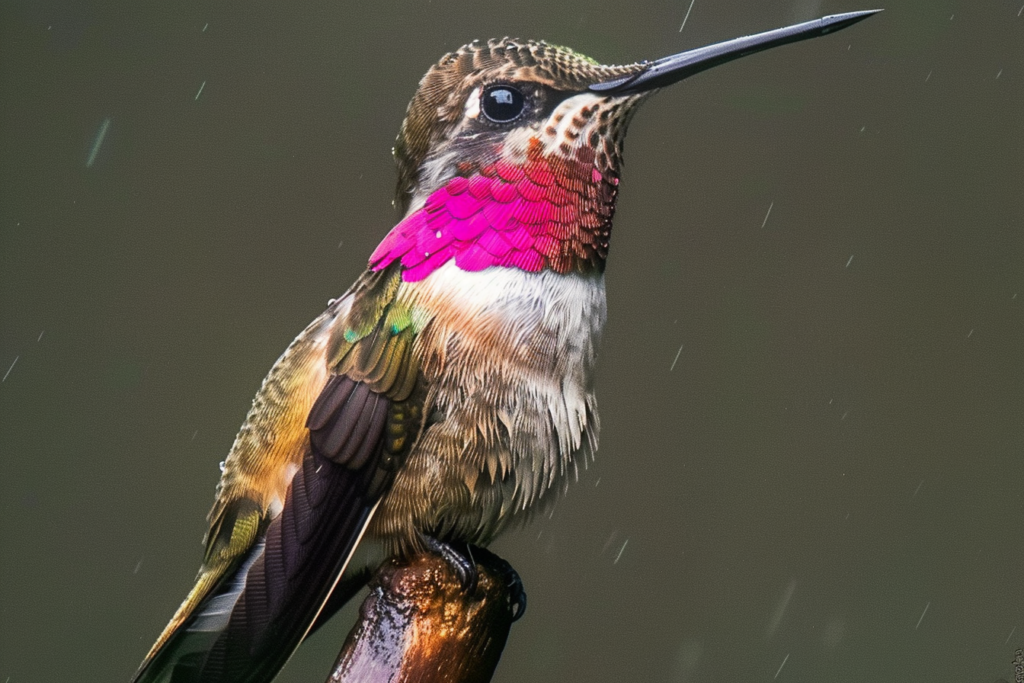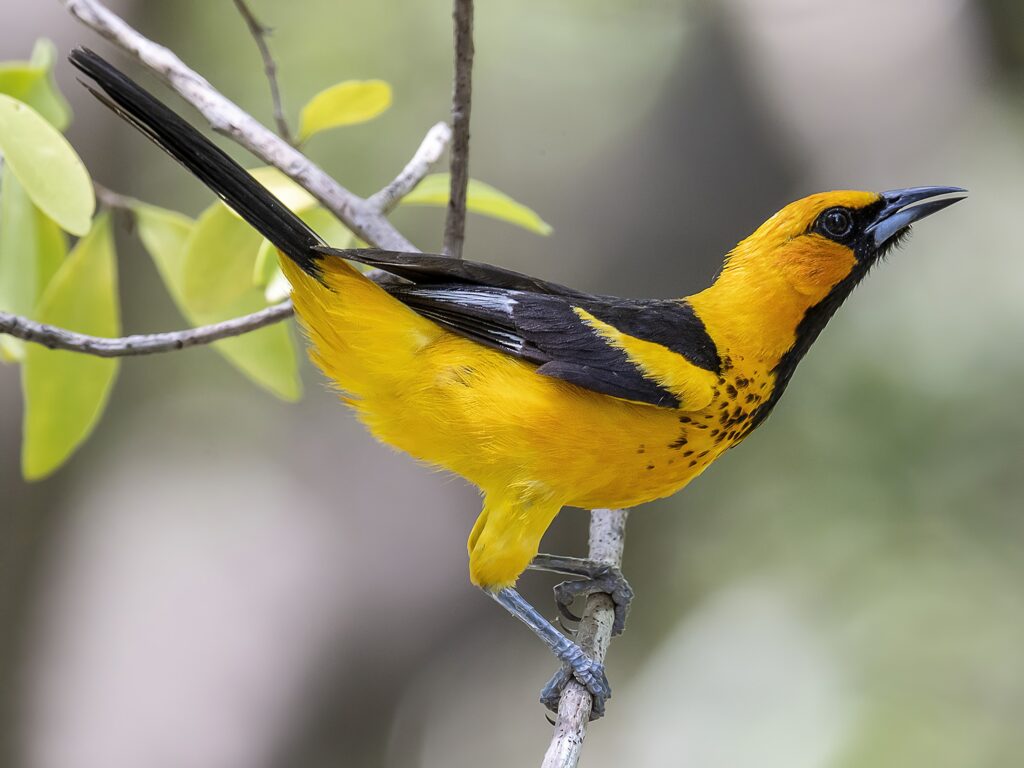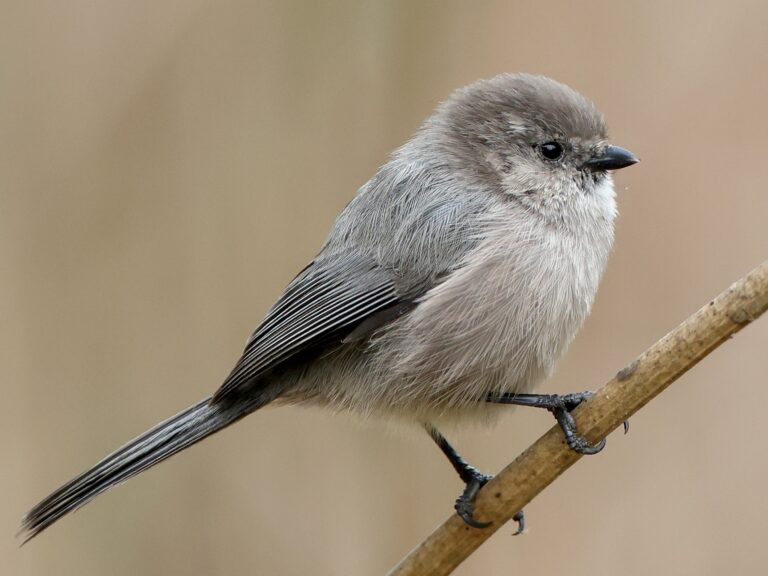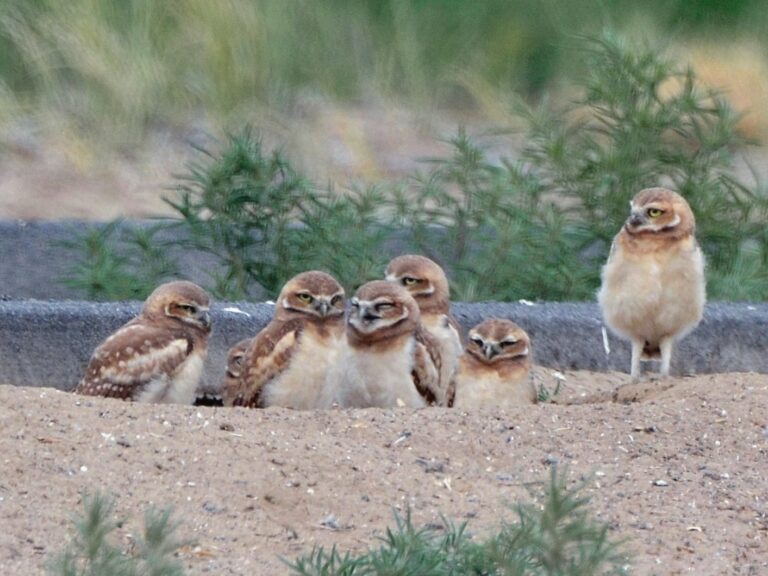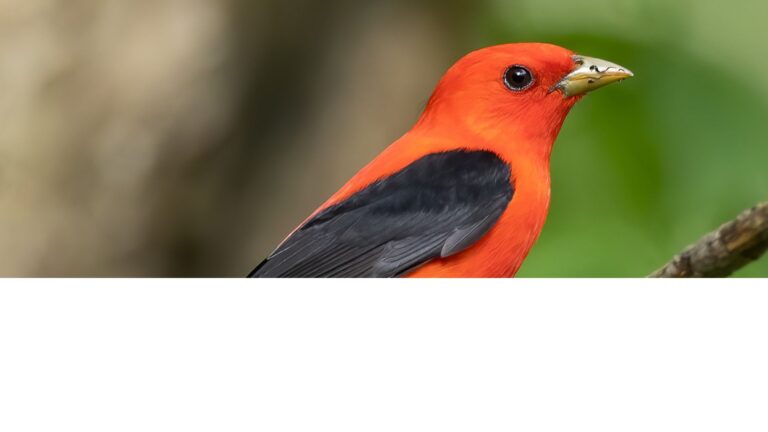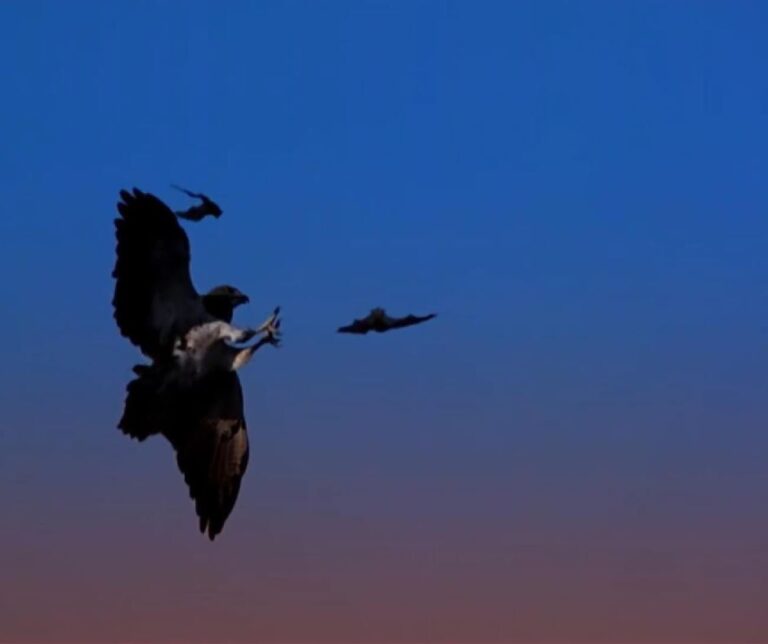Steller’s Jay: Discover the Bold Beauty of North America’s Vibrant Blue Songbird
Overview of Steller’s Jay
Steller’s Jay is a wonderfully smart and exceedingly bold songbird found in the forests of western North America. Its unique look and loud voice make it quite easy to spot, even if you’re not a seasoned birder. It’s also got some clear differences from its cousin, the Blue Jay, too.
Scientific Classification
This Jay falls under the animal kingdom Animalia, phylum Chordata, and class Aves. It’s a member of the corvid family—crows, ravens, magpies, and other jays are all in this clever group.
Its scientific name is Cyanocitta stelleri. ITIS recognizes this as its valid name and it counts as a passerine, or perching bird, which is basically the big family of songbirds. You’ll find several subspecies scattered across its range, each with subtle color or minor size differences depending on where they live.
And, actually, its the only crested jay in western North America. While it shares the genus Cyanocitta with the Blue Jay, their territories barely overlap.
Identifying Features
It sports a deep blue body and a black or charcoal head and crest. That crest stands up tall—almost like a punk rocker—so the bird always looks alert, sometimes even a little dramatic (also like a punk rocker). Its face and underparts look darker, with the black often forming a kind of hood over the head and neck.
Some handy field marks:
- Big, bold crest on top
- Striking blue wings and tail, sometimes with pale spots
- Chunky black bill and legs
- Really loud, varied calls—plus, they’re notorious mimics
Both sexes look pretty much the same, though young jays can be a bit duller. You’ll run into them in conifer forests, at campsites, and even in backyards across the west. If you’re curious, here’s a more detailed summary of Steller’s Jay behavior and appearance.
Comparison to Blue Jay
Steller’s Jay and Blue Jay are closely related, but you can tell them apart if you know what to look for. Blue Jays stick to eastern and central North America, while Steller’s rule the west.
Similarities:
- Both belong to the Cyanocitta genus.
- Each has a crest, but the shape varies a bit.
Differences:
- Blue Jays are lighter blue on top, with white bellies and black stripes on wings and tail.
- Steller’s Jays show off darker blue feathers and a nearly black head and crest.
- Blue Jays have a clear, whistle-like call, but Steller’s Jays sound harsher and raspier.
- Steller’s Jay likes evergreen forests; Blue Jays prefer open woods and suburbs.
If you want to get nerdy about it, check out this study on Steller’s and Blue Jay vocalization patterns—it digs into their differences pretty well.
Distribution and Habitat
You’ll find our friend here all along the west side of North America. They love forests and woodsy spots, but you’ll also catch them in parks, campgrounds, and even some neighborhoods.
Range in the Western United States
This jay is native to the western U.S., ranging from southern California up through the Pacific Northwest. They’re easy to spot in places like Washington, Oregon, California, Nevada, and parts of Idaho and Montana. Whether you’re in the lowlands or up in the mountains, as long as there are conifer trees around, you might find them.
Quick look at their range:
| State | Status |
|---|---|
| California | Abundant |
| Oregon | Common |
| Washington | Common |
| Nevada | Locally found |
| Idaho | Present |
National parks, neighborhoods, campgrounds—you name it, the Steller’s Jay manages to fit in. They’re not shy about hanging around people, especially in places like coastal redwood forests.
Presence in Alaska and California
In Alaska, you’ll mostly see Steller’s Jay in the southeast. The dense forests and milder climate there suit them perfectly. They don’t push very far north in Alaska, preferring the coastal rainforests. In California, though, they’re everywhere: Sierra Nevada, Coast Ranges, and across tons of state and national parks. They handle different elevations just fine, from sea-level redwoods up to mountain pines.
In Urban parks and campgrounds in California you are pretty much guaranteed a siting as they use these spots for food and nesting, as shown by their abundance in campgrounds.
Habitats in British Columbia
British Columbia’s official bird, and honestly, it fits. The jays thrive in the province’s coastal rainforests, mixed woods, and parklands. They need thick forests—conifers, deciduous trees, all of it—for shelter and food. You’ll see them everywhere, from busy Vancouver to remote forests way inland.
And, it adapts well, whether it’s city parks or deep in the woods. They’ll eat insects, seeds, nuts, and even human scraps, so don’t be surprised if you spot them foraging in urban parks.
Year-Round Resident Behavior
Steller’s Jay sticks around all year in most places. Unlike some birds that head south, these guys tough out the winter. They survive cold months by caching food—collecting seeds and nuts in fall, then digging them up later when pickings get slim.
They defend their territory through every season. Usually, you’ll see them in small groups or family packs, which helps them weather tough conditions, especially in forested spots like managed forests of western Washington.
Diet and Feeding Behavior
They eat a big mix of natural foods and take to backyard feeders with enthusiasm. If you know what they like, you’ll probably get more visits.
Natural Foods
In the wild, these jays chow down on acorns, pine nuts, berries, insects, and seeds. If they get desperate, they’ll eat eggs, nestlings, or even small critters.
Their menu changes with the seasons. Fall and winter mean more nuts and seeds; spring and summer bring berries and bugs. Jays are pros at caching—storing seeds and nuts in the ground for later. They pick high-quality seeds to stash, leaving out the duds. Want to dig deeper? Here’s more on their foraging and cacheable food selection.
Want the best for your backyard friends?
Safflower seed is the best for wild birds because it’s rich in protein and healthy fats, providing excellent nutrition and energy. And, as a bonus, it attracts colorful songbirds like cardinals and chickadees.
Feeder Preferences
These jays are smart birds and they quickly figure out where the feeders are. They’re big fans of sunflower seeds, unsalted peanuts, and suet. They’ll take both shelled and unshelled peanuts, usually flying off to eat or hide them. Black oil sunflower seeds are another top pick for their energy punch.
At feeders, they can act like the boss—chasing off smaller birds. They’ll grab the biggest pieces and dash to a safe spot. When a bunch of jays show up, you’ll notice social behaviors like squabbling, posturing, or just waiting their turn. Their feeding behavior changes depending on who else is around and what food is available, as seen in studies about jay feeding decisions in social contexts.
Feeding Tips
If you want to attract these birds, go for platform or tray feeders—they need space. Set feeders near trees or bushes so the birds feel safe. Fill them with unsalted peanuts, sunflower seeds, and suet for the best shot at regular visits.
Keep things clean to avoid disease. Whole peanuts in the shell are great—they tap into the jay’s caching instinct. Avoid tiny wire or mesh feeders; jays are too big and get awkward on those. Give them some room by putting feeders away from windows and busy paths. And don’t let the feeders run empty if you want the jays to keep coming. For more tips, check out advice on choosing feeders and food for jays.
Nesting and Breeding
Steller’s Jays build pretty unique nests and show a lot of care during breeding. Their nesting habits and parenting really help their young survive.
Nest Construction
These jays use a mix of twigs, moss, leaves, and sometimes mud to build their nests. Inside, they’ll line the cup with soft stuff like rootlets, pine needles, or animal hair to keep the eggs cozy.
Nests go up in trees or shrubs, tucked away from nosy predators. Usually, they’re hidden pretty well, sometimes as high as 10 meters up. That height helps keep the eggs and chicks safer.
Both male and female pitch in, though the female usually handles the finer details inside the nest. All this teamwork makes the nest sturdy enough to last through the breeding season.
Nesting Season
Steller’s Jay breeding season usually kicks off in early spring and can stretch into midsummer. The timing really depends on where they’re living. Some start as early as February, while those in colder places might hold off until late March or April.
Females lay anywhere from 2 to 6 eggs—these are pale blue or greenish, speckled with darker spots. Incubation takes about 16 days. The female mostly stays on the eggs while the male brings her food, which, honestly, seems like a pretty good deal for her.
They often have to defend their nests from predators like squirrels, snakes, or even bigger birds like Common Ravens. In campgrounds, nests are more exposed, so chicks face extra risks from both humans and more predators. If you’re curious about predation, detailed studies on jay predation go deeper.
Nestlings and Parental Care
Once the eggs hatch, the nestlings are completely helpless—altricial, as scientists call it. They depend on their parents for everything: warmth, food, and protection. Both parents pitch in, bringing insects, seeds, and berries to the nestlings, feeding them many times an hour.
The chicks feather out pretty fast and get stronger over the next two or three weeks. Parents work together to keep the nest tidy and make sure everyone’s fed. When the nestlings finally leave, they don’t go far. They stick close while their parents keep feeding them and show them how to find food on their own.
Parental care stays intense during this stage, since fledglings are still vulnerable and need guidance. Researchers have seen breeding pairs mob predators like ravens to protect their young—there’s more on this in studies on jay reproduction.
Behavior and Communication
Steller’s Jays are clever, social birds. They use a blend of vocal sounds and body language to connect, claim territory, and react to threats.
Vocalizations and Chatter
These jays have a whole library of calls. You’ll hear their harsh “shack-shack-shack” cries, quick chatters, and sharp alarm calls. Each sound has a job—maybe warning others, attracting a mate, or just keeping tabs on the group.
They’re also pretty good mimics. Sometimes they’ll imitate a red-tailed hawk’s cry to scare off other birds or keep thieves away from food. Spectrograms show their warning calls are different from their everyday chatter, so other jays can tell if there’s real trouble nearby. For a deeper dive into their alarm calls and mimicry, check out this research on Steller’s jay alarm calls.
When they’re up close—like during feeding or nesting—they’ll use softer calls. Their vocal habits are woven into daily life.
Social Structure
Steller’s Jays tend to hang out in small, loose groups, especially when they’re not breeding. Sometimes they’ll join mixed flocks with crows or magpies while foraging. These groupings help them share info about food and warn each other about dangers.
Within a group, there’s usually a pecking order. Some birds act bossier or grab the best food, while others hang back. This setup cuts down on fighting and keeps things running smoothly. Studies suggest individual jays stick to the same approach behavior over time, hinting at pretty stable social roles. There’s more on this in research about approach behavior among individual Steller’s jays.
Being in a group also means more eyes watching for predators—safety in numbers, right?
Territory and Defense
Steller’s Jays get territorial, especially during nesting. They defend their feeding and nesting spots from other jays and different bird species. You’ll see displays like wing-spreading, sharp calls, and chasing to keep intruders away.
If a hawk shows up, it will jump into action with loud, repeated alarm calls. Sometimes they’ll even mimic a predator’s cry to throw off rivals or confuse threats. They aim these defensive moves at both their own kind and at birds like crows and magpies.
All this helps protect their young and their food. Jays stay on guard and will team up to mob bigger predators—teamwork under pressure, if you will.
Interactions with Other Species
Steller’s Jays have a lot of run-ins with other animals in their world. Their behavior changes depending on whether they’re dealing with fellow corvids or potential threats and competitors.
Relationships with Other Corvids
These jays often share space with other corvids—crows, ravens, magpies. In some places, like southeastern Arizona, you might even see them near Mexican Jays. When they’re around other species, they act a bit cautious. They might avoid direct run-ins but still use the same food sources.
They’ll show dominance and aggression to guard feeding spots, especially when food’s tight. Oddly enough, they’re less aggressive toward each other in places where human food is easy to find—like campgrounds. That leads to more communal foraging and fewer squabbles, at least according to some campground bird studies. For more on how space and food shape their social lives, check out this study of jays in redwood forests.
Predators and Competition
Like many birds, they have to watch out for birds of prey like the red-tailed hawk. They can pick out different raptors and use sharp, special calls to warn others nearby—pretty impressive communication, honestly. Their reaction shifts depending on whether they spot or just hear the predator.
Besides dodging predators, these jays butt heads with squirrels over food now and then. Human activity sometimes shakes things up, making food easier to find and dialing down the competition. Curious about how Steller’s Jays size up and spread the word about danger? There’s an interesting study on predator risk that digs into this.

